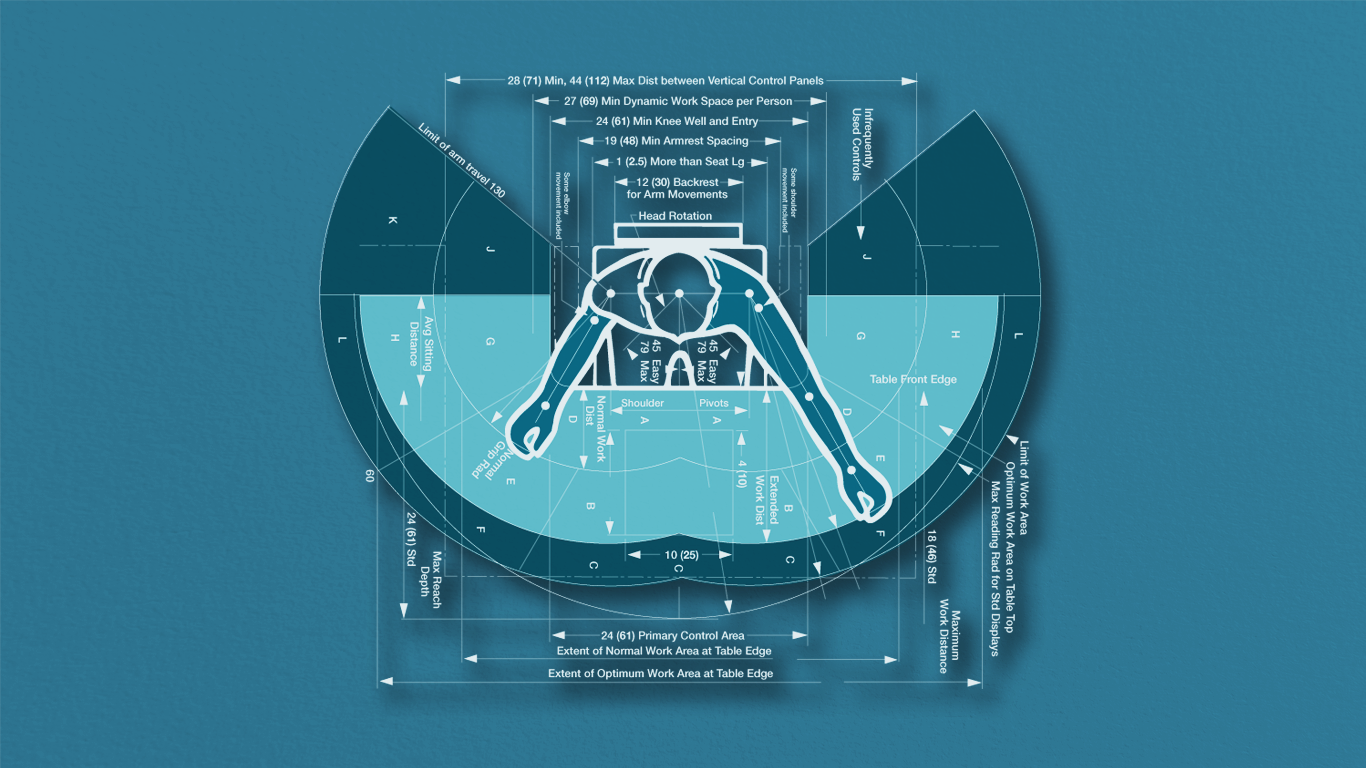User-Centred Design in Medical Products

Over time, a trend towards user-centred thinking has been felt in a number of businesses. While sectors like marketing, retail, and sales quickly embraced this approach, the MedTech sector took its time. Many emerging companies, and sometimes established ones, underestimate the significance of incorporating user-centric design principles in their developmental phases. This oversight can lead to substantial realisation during the final stages that integrating user studies is not merely preferable, but essential to design products that resonate with market demands and are profitable.
Table of Contents
User-centred design can be dangerous to ignore. The human element is always prone to errors, and a deficient interface might result in serious, sometimes fatal errors. By involving end-users at critical junctures, medical design consultants can avoid these pitfalls. Early engagements can help aid the design and development journey, eliminating expensive and lengthy rectifications during advanced clinical assessments. The goal? To produce medical products that are not only compliant with regulations but are also designed with safety at the forefront, ensuring an enhanced user experience.
Key Aspects of User-Centred Design
- Human Factors: Investigating human interactions with environments, products, processes, and systems and leveraging this understanding in design.
- Usability: Ensuring that a system or design facilitates users in accomplishing tasks securely, effectively, and efficiently, while making the process enjoyable.
- User Experience (UX): Evaluating the user’s comprehensive experience with a product concerning its user-friendliness and appeal.
Prioritising Human Factors for Holistic Design
Emphasising human factors is pivotal for inclusive product design and development, ensuring that various age groups, backgrounds, demographics, genders, and more are considered. Often, designs cater only to the most accessible human data, leading to the unintentional exclusion of significant user groups.
It’s pertinent to understand that not every medical device is for everyone. While designing, apart from standard attributes like age, gender, height, and hand size, designers must delve deeper. Factors like a person’s skin elasticity, the challenges faced by a Parkinson’s patient, or hurdles for someone with an ileostomy are essential. Comprehensive human factors research helps highlight and quantify these concerns. This, combined with usability engineering, paves the way for the creation of truly ‘fit-for-purpose’ products.
Embracing Usability in Modern Medical Design
Usability challenges aren’t new. However, post the Covid-19 pandemic, healthcare has seen a shift towards a blended model, combining remote consultations with in-person visits. Devices for home-use, many of them intricate, are now commonplace. They’re often operated by ordinary individuals for remote health monitoring and diagnosis. This shift places a significant responsibility on designers to prioritise usability.
A small misunderstanding can be critical. For instance, children, habituated to iPads, might attempt to use televisions as touchscreens, which is innocuous. But such a mismatch in understanding medical device functions can lead to severe consequences. With a surge in diverse devices featuring varying interfaces, it’s imperative to involve users early in the design process. Early identification of issues facilitates timely rectifications, reducing potential hazardous situations.
Prioritising usability isn’t just about safety; it’s a commercial imperative. With technology often outpacing market needs, integrating usability into design can boost both safety and performance, driving user acceptance and ensuring commercial viability.

Balancing the ‘Voice of Customer’ & Usability Engineering
It’s crucial to differentiate between the ‘voice of the customer’ (VoC) and usability engineering in a development journey. Historically, these aspects were intertwined. With evolving standards and regulations, there’s now a clear demarcation. VoC plays a pivotal role in gleaning insights into user needs, laying the foundation for user and product requirements. In contrast, usability engineering evaluates the product interface from a use error perspective.
Usability Testing vs. Clinical Evaluations
Both usability testing and clinical evaluations are integral to medical device development. While the former assesses product UI concerning use risks, the latter serves as the ultimate validation for clinical safety and efficacy. Therefore, comprehensive usability processes should precede clinical evaluations.
Overarching Principles
A common oversight is the absence of a cohesive long-term strategy, which can hinder optimum market entry. Blending long and short-term agendas harmoniously requires skilled management. By crafting a synchronised strategy, complementing clinical timelines, you can envisage each milestone in your market journey.
User-centric design must be foundational in every developmental strategy. By assimilating concrete data and insights about the user and their environment into your product design process, you bolster chances of market success. Regardless of your product’s nature, a meticulous development process, rooted in managing risks, costs, and timelines, should be adopted. This includes systematic testing, rigorous quality checks, comprehensive documentation, and open communication. A unified approach that harnesses all key capabilities in a fluid, end-to-end process will enhance your market entry.
Practical Solutions to Usability Challenges
In high-pressure scenarios like medical emergencies, devices need to be intuitive. Thus, infusing usability engineering and human factors into your product development process can be the decisive factor in its triumph or downfall. Offering expertise in software, electronics, mechanical engineering, and usability, we advocate a holistic approach to product development, ensuring products are both innovative and user-friendly.
Our approach to User-Centred Design
Ensuring satisfaction across all touchpoints is vital for business prosperity, but outstanding design encompasses everyone who interacts with the product. User-centred design takes into account everyone from manufacturing to end-use, encompassing delivery, setup, and maintenance.
Our method integrates User-Centred Design at every turn. We scrutinise and take note of critical considerations in each design phase to assess the human aspect, focusing on comfort, ease of use, and both physical and emotional components. By constructing ergonomic prototypes, visualising narratives, and engaging in role-playing scenarios, we unearth unforeseen challenges and assess prospective solutions, watching how diverse individuals engage with products during their entire journey. Our goal is to cater to everyone involved, ensuring an enhanced product experience universally.
If you would like to see more on our services
If you would like to hear more on how we can improve the quality of your products or help with your product development, please contact Bluefrog Design at [email protected]
FAQ’s on User-Centred Design for Medical Products
What is user-centred design in healthcare?
User-centred design (UCD) in healthcare is an iterative design process that places the needs, preferences, and contexts of end-users at the forefront of design decisions. It involves engaging healthcare professionals, patients, and other stakeholders throughout the product or service development process to ensure solutions are tailored to their specific requirements and contexts. UCD emphasises direct user input, usability testing, and iterative feedback, aiming to create intuitive, efficient, and effective healthcare solutions. By focusing on the user experience, UCD promotes safer, more accessible, and more efficient healthcare systems and tools, ensuring better patient outcomes and increased satisfaction among healthcare providers.
What is a good example of user-centred design in industrial design?
In industrial design, the OXO Good Grips kitchen tools serve as an iconic example of user-centred design. Originally conceived when the founder noticed his wife, who had arthritis, struggling with conventional kitchen peelers, the OXO line was designed to be ergonomic and accessible. The tools feature comfortable, non-slip handles, providing an improved grip and reducing hand strain. By focusing on the user’s needs and limitations, OXO transformed a simple kitchen tool into an inclusive design that caters to a broad range of users, from the elderly to those with grip strength issues, emphasising the profound impact of a user-centric approach in industrial design.
How is UCD different from human centred design?
User-Centred Design (UCD) and Human-Centred Design (HCD) are both approaches that prioritise the end-user’s needs, preferences, and context. However, they differ in scope and methodology. UCD primarily focuses on enhancing the usability and efficiency of a product for its users, employing iterative testing and feedback. It’s often associated with interface or product design. In contrast, HCD considers every person that interacts with the product. Human, or People Centred Design, factors in all the people involved through manufacture, delivery, installation and servicing, as well as the end user.
Ready to get started on a project?
Socials




One Comment